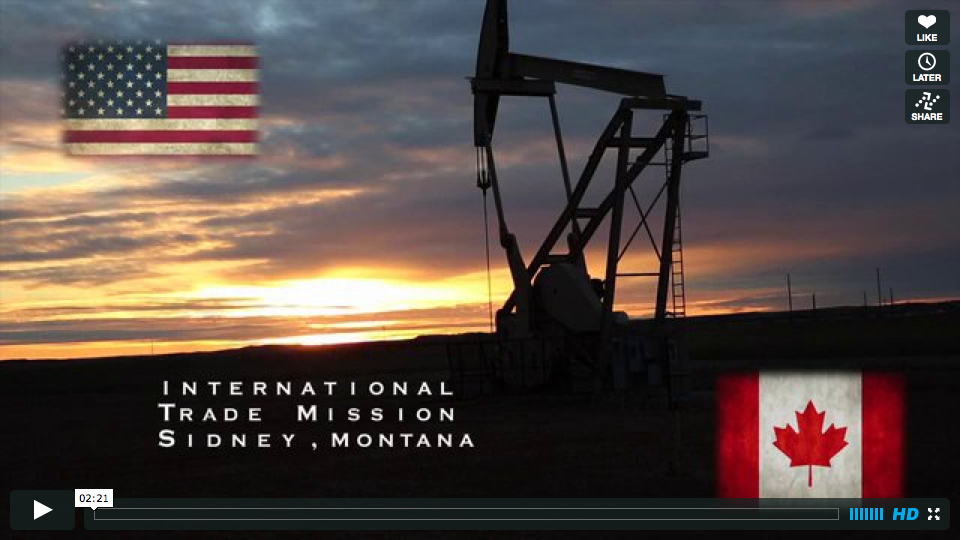Industry representatives will work to find solutions to infrastructure needs
Bismarck, N.D. – The North Dakota Petroleum Council (NDPC) members have formed a task force to spearhead the industry’s efforts to significantly reduce natural gas flaring in the state’s Bakken oilfields.
“We recognize that natural gas is an efficient, clean and valuable resource, and that’s why the industry has invested more than $6 billion in new pipelines, processing plants and other infrastructure to move it from the wellhead to the marketplace,” said Terry Kovacevich, NDPC chairman and regional vice president for Marathon Oil. “This is a significant investment, but we are committed to making North Dakota the model of a modern, efficient and technology-driven oilfield.”
Since 2007, when the Bakken was confirmed to be a prolific and world-class resource, gas plant capacity has increased by 340 percent from 227 million cubic feet per day to more than 1 billion cubic feet per day. Despite this significant growth, production continues to outpace capacity due partly to challenges in building appropriate infrastructure and partly because it was not until recently that experts began to fully comprehend the volume and composition of natural gas trapped in the Bakken.
“We have to remember that the Bakken is still a very young play, and this is just one factor in why production has outpaced our ability to build the infrastructure needed. Furthermore, the Bakken is unlike any other play in the world and requires solutions specifically tailored to its geology, climate, landscape and resources,” said Kovacevich.
Members of the task force will pool the knowledge and experience of companies operating in the Bakken and identify solutions to better optimize the resource at the wellhead and increase and improve existing infrastructure to transport gas for processing elsewhere. The group will also focus on educating the public and working collaboratively across stakeholder groups, including government agencies, the Three Affiliated Tribes, researchers, landowners and key industry players.
The Flaring Task Force will address the North Dakota Industry Commission (NDIC) at 1:15 p.m. on Oct. 22, 2013, and will present a report to the NDIC later this year with recommendations for a collaborative effort to reduce flaring.
“This is a very complex issue without any single simple solution,” said John Paganis, commercial director for Murex Petroleum and co-chair for the Task Force. “Our task force will offer balanced, effective solutions for policy makers and regulators to ensure we keep oil development on pace while making the investments in infrastructure and new technologies to capture more of our natural gas.”
“The member companies of the NDPC want to responsibly develop the natural resources in North Dakota and America. We also want to optimize the development of our oil and natural gas resources in North Dakota, but this will take significant investments of time and money and will require collaborative efforts between the industry, landowners, government agencies and a number of other key stakeholders,” said Kovacevich. “North Dakotans have a long history of sitting down and working together to find solutions that will meet the needs of all. We are confident that with time, all of the key stakeholders can work together to reach our goals of reducing flaring.”
Since 1952, the Petroleum Council has been the primary voice of the oil and gas industry in North Dakota. The Petroleum Council represents more than 500 companies involved in all aspects of the oil and gas industry, including oil and gas production, refining, pipeline, mineral leasing, consulting, legal work, and oil field service activities in North Dakota, South Dakota, and the Rocky Mountain Region. For more information, go to www.ndoil.org.
Contact: Tessa Sandstrom, Communications Manager, North Dakota Petroleum Council
– ### –









